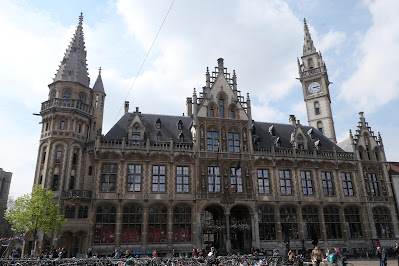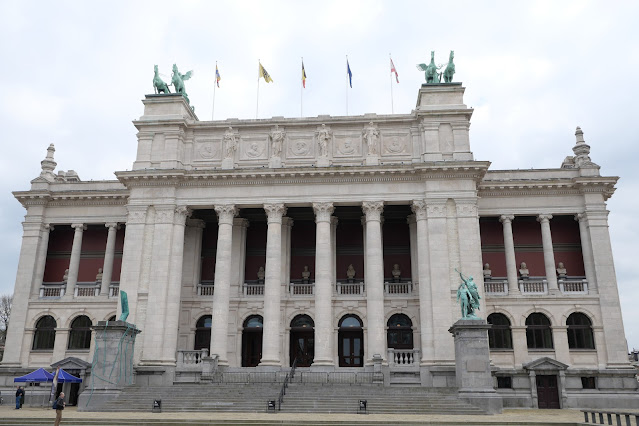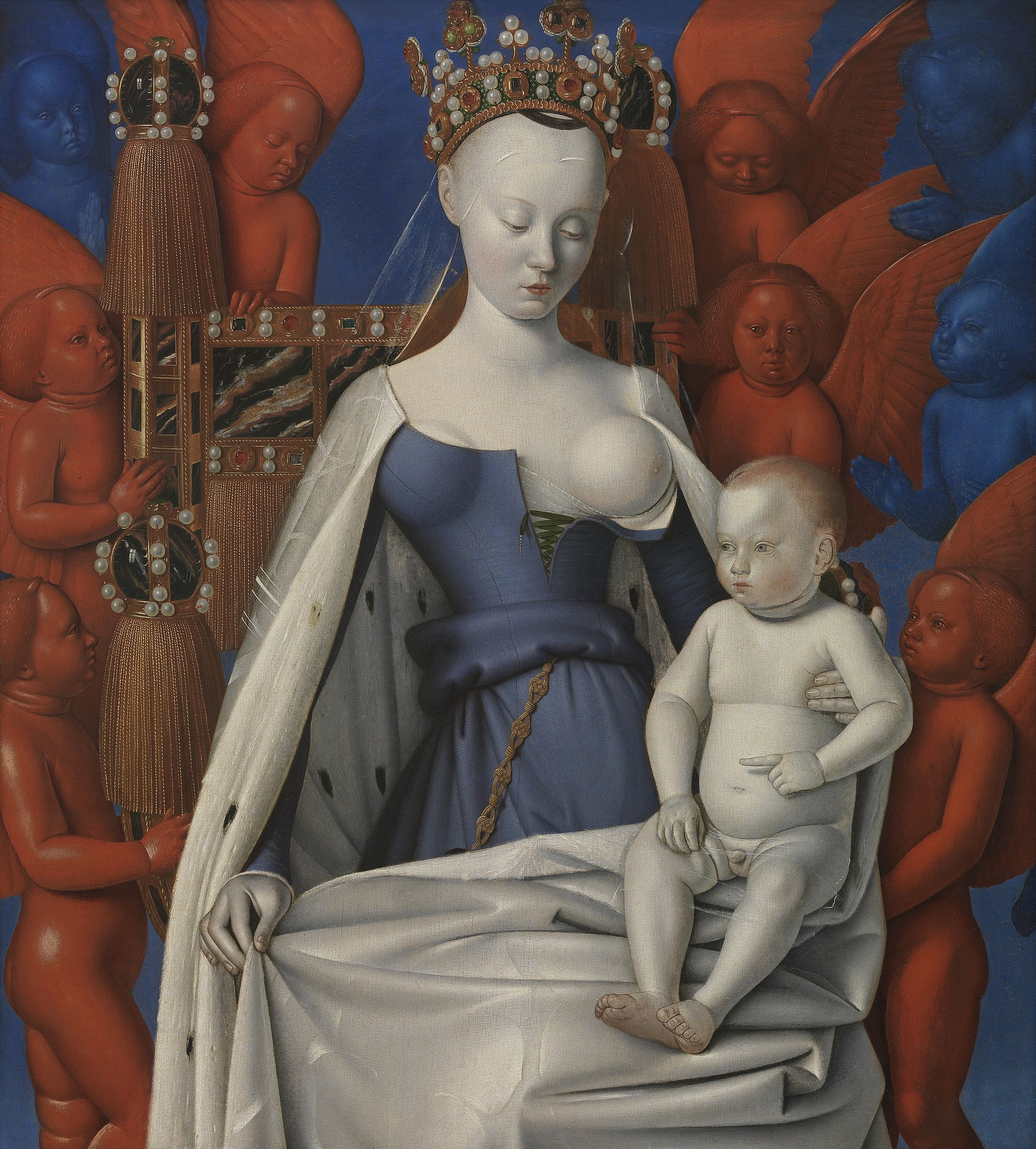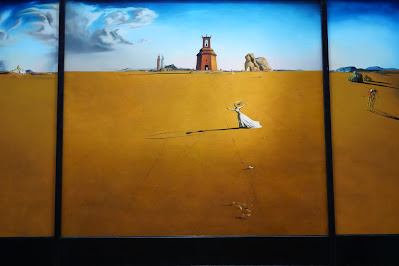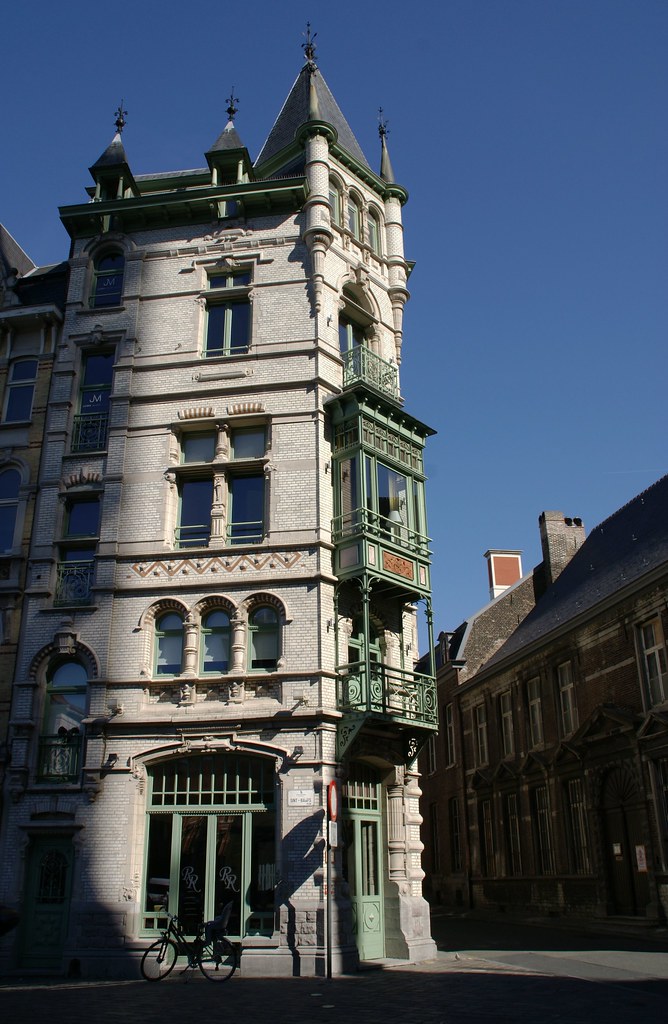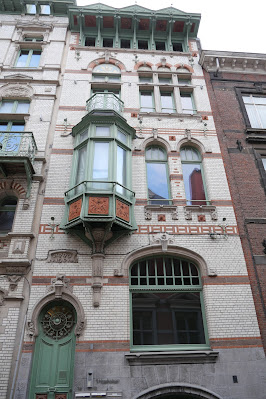We began our exploration beside the River Lys, admiring the impressive sequence of former guild Houses stretching out along Graslei. The 6th building from the left below is known as The Spyker: it is the oldest house along Graslei. The Inghel is the tall building in the center of the group.
We passed this intriguing building ...
... and walked across St Michael's Bridge to enjoy a great view of the towers of Ghent.
... and further along the Stadshal, a modern construction for events.
Now into St Bavo's Cathedral.
The highlight is the famous Ghent Altarpiece
Additionally, the altarpiece by Peter Paul Rubens depicts the Conversion of Saint Bavo and is dated 1623–1624.
We found our way from the Cathedral to the largest open space in Ghent, the Vrijdagsmarkt. The statue in the centre of the square is of Jacob van Artevelde who ended the boycott of English wool imports during the Hundred Years’ War between England and France in the 14th century. The textile industry in Ghent was revived and Artevelde was hailed as a hero. Sadly, he was murdered during a riot in 1345.
On the Vrijdagsmarkt in Ghent, you can find the Ons Huis and Bond Moyson buildings. They were built around 1898 in a so-called macaroni style, an eclectic set of all kinds of building styles and forms put together.




